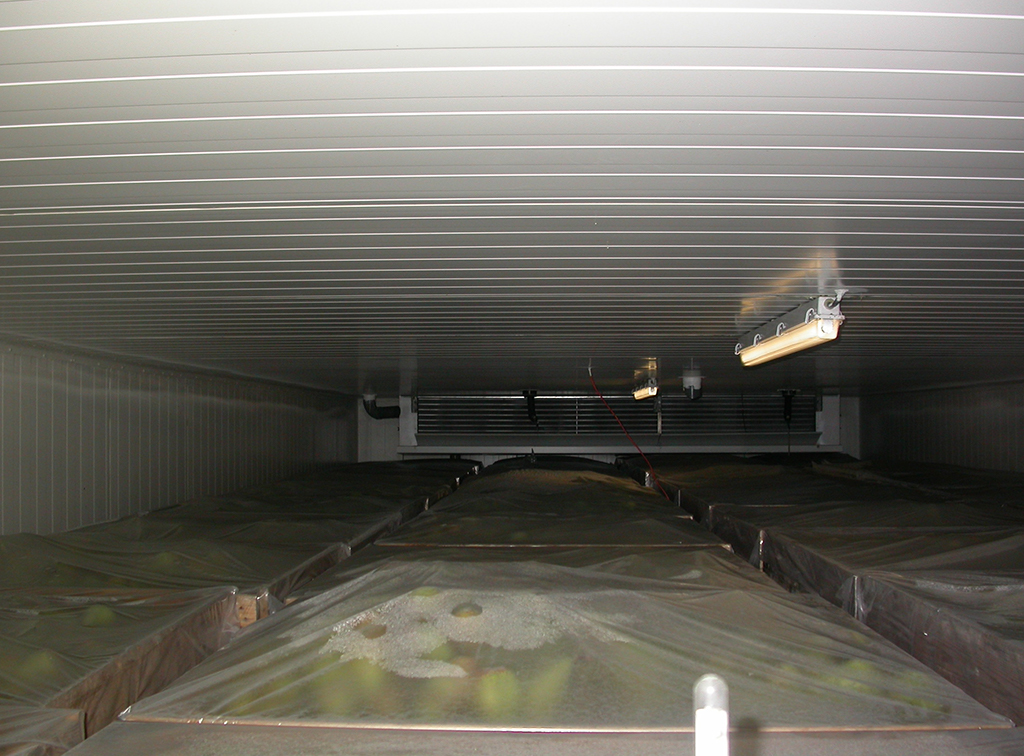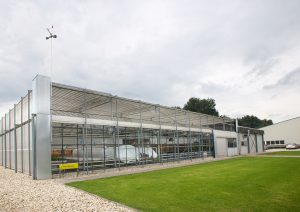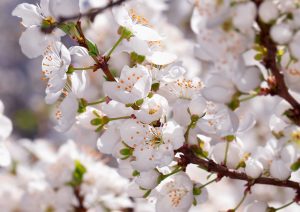
Minimising moisture loss in pears during storage
What is in the producer’s toolbox? By Anna Mouton
Frank van de Geijn is a senior consultant and post-harvest researcher at Wageningen University and Research. He is with the Agrotechnology and Food Sciences Group which focusses on all questions relating to post-harvest: processing, packing, energy, and fruit quality.
Consumers demand pears year-round but long-term storage leads to moisture loss and associated quality issues like shrivelled necks and sensitivity to damage. Humidity control during storage aims to limit moisture loss. “We set a goal of 1.5%–1.8% weight loss for Conference pears over the storage period which can be for nine months or more,” said Van de Geijn.
The atmosphere of the storage room has a relative humidity of 90%–95% compared to almost 100% for the fruit. This leads to a vapour pressure deficit that drives moisture from the pear to the air. Moisture in the air of the storage room is removed as part of the cooling process.
Van de Geijn outlined the variables affecting moisture levels in storage room air. “The concrete floor can take up 0.1%–0.3% moisture. I hear that some people in South Africa wet the floor — at least that will prevent this uptake.”
Wooden bins also absorb water, but Van de Geijn has found them to have no impact on the total moisture balance compared to plastic bins. Most of the moisture added to the storage room atmosphere is contributed by the fruit. This effect is greatest during the initial cooling of the product.
The moisture balance in the storage room is not the only driver of water loss. “There’s a huge product factor,” said Van de Geijn. “Moisture loss drops as pears increase in size. And the same size fruit from different orchards can have different levels of moisture loss.”
Van de Geijn’s studies suggest that shrivelled necks are correlated with moisture loss of above 0.5%. He pointed out that some pears are more resistant to shrivel than others. Recent research suggests that dry matter content may explain some of this variation.
Tools to manage moisture loss
There are four ways in which producers can manage moisture loss: protective packaging, humidification, optimisation of cooling equipment and putting ice on the bins. Van de Geijn doesn’t recommend this last option. “It’s effective but it’s an enormous amount of work. It’s not practical.”
Van de Geijn has found packaging to be excellent for moisture loss control. Covering the top of closed bins can reduce moisture loss by 30%–40%. “That’s enormous — you will never reach it with another technology,” stated Van de Geijn. The Zeelandse method which uses foam on the bottom and sides of the bin combined with a top cover will reduce losses even further — by as much as 50%. Covering only the tops of bins will not work if they have open sides — like the standard South African plastic bins — through which moisture can escape.
There are several systems for humidification of storage rooms, but Van de Geijn warned that all suffer from poor stability in operation. Humidification systems need to be checked regularly and installed to ensure that the moisture is evenly distributed throughout the room. “One of the challenges of a humidification system is how do I balance moisture levels? It seems simple to measure but it’s quite difficult because the volumes we add are low.”
Van de Geijn believes that a solution to many humidification challenges can be found in installing ample cooling capacity. The aim is to have as little cooling time during storage as possible to minimise condensation and water loss. “I define my evaporator capacity at minus 8 degrees Celsius,” said Van de Geijn, “which is 8 degrees difference to the entrance temperature of the air in the coil.”
Van de Geijn remarked on the difference in cooling strategies between the Netherlands and South Africa. In the Netherlands cooling occurs through short cooling actions characterised by large temperature drops. This minimises the impact on humidity. In South Africa, cooling is more moderate but creates an ongoing vapour pressure deficit that increases water loss.
Minimising moisture loss carries risk as well as rewards. A new pathogen of apples and pears called Fibulorhizoctonia psychrophila has recently been identified in storage facilities in the Netherlands. It is associated with lenticel spot and can lead to total loss of the fruit in affected storage rooms. Fibulorhizoctonia is a threat at high humidity levels and therefore bagging fruit for long-term storage is no longer advised. High humidity also increases the risk of internal browning and cavities.
Managing humidity during long-term storage is just one of the challenges facing pear producers. Fortunately, as Van de Geijn’s presentation showed, improved technology has opened many more avenues to success.
Bonus: Best practices to combat moisture loss
- Invest in cooling equipment with high-capacity evaporators.
- Box-in-box cooling: cool the building as well as the storage rooms.
- Fast initial temperature pull-down: reach product temperatures of minus 0.5 degrees Celsius in less than 48 hours.
- Achieve maximum temperature stability over time and throughout room.
- Optimise air circulation and run fans only when needed.
- Measure defrost water: aim for moisture loss of 1.5–1.8 litres per tonne per month.
- Apply humidification to correct but not to solve problems.
- Use protective packaging in older or less efficient facilities.
Image: Covering fruit is the most effective way to combat moisture loss during storage.
Supplied by Wageningen University and Research.






